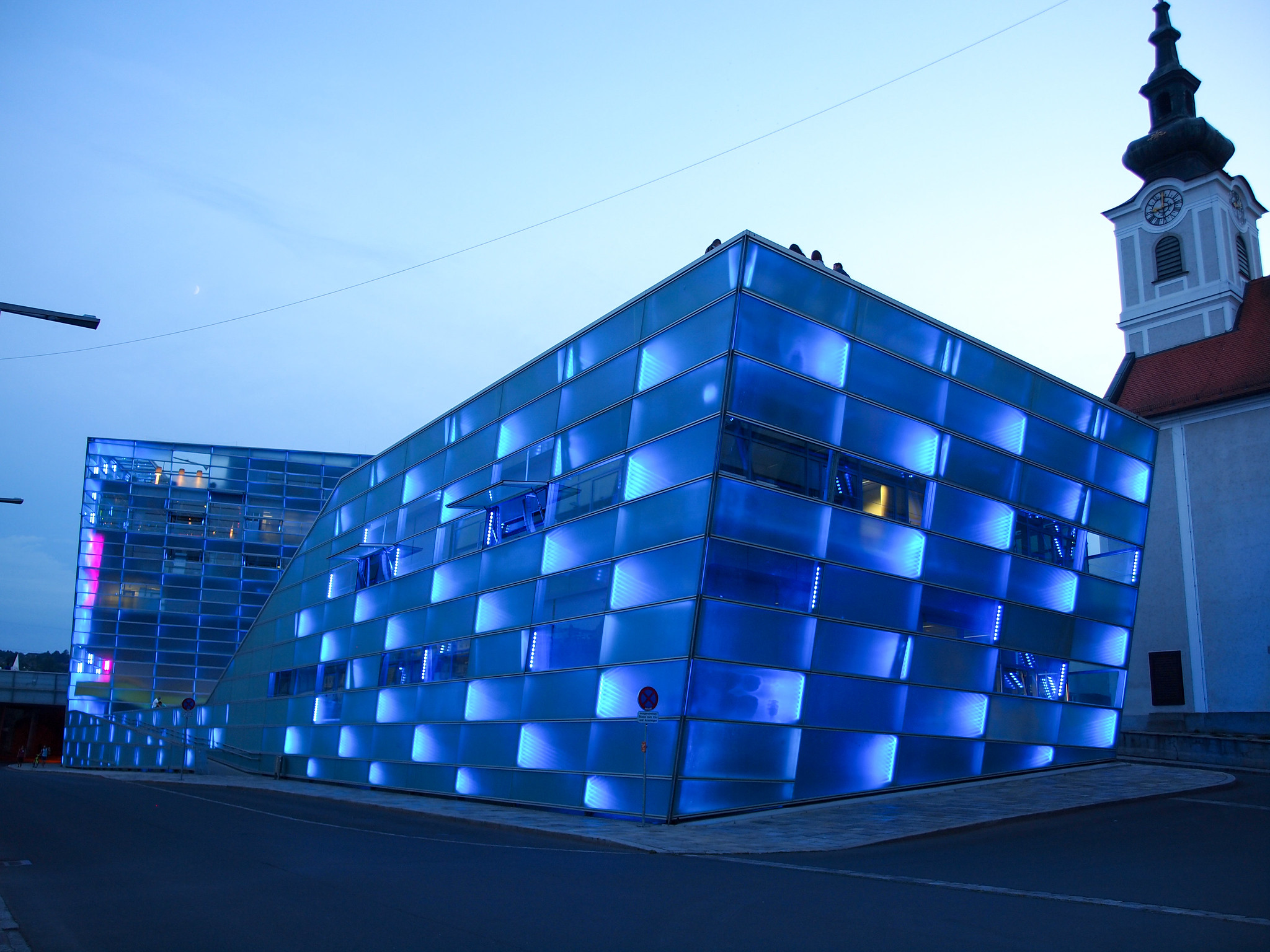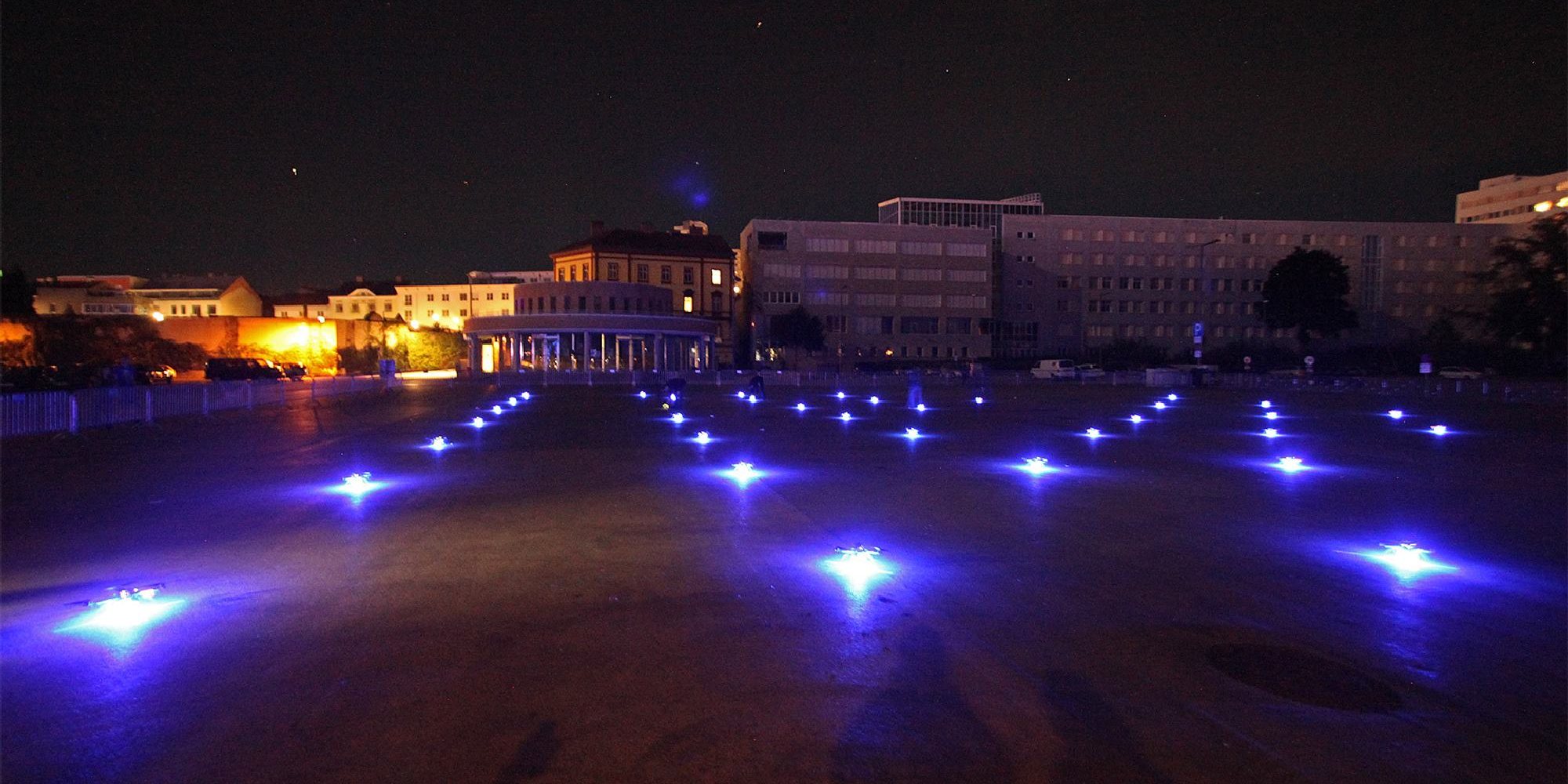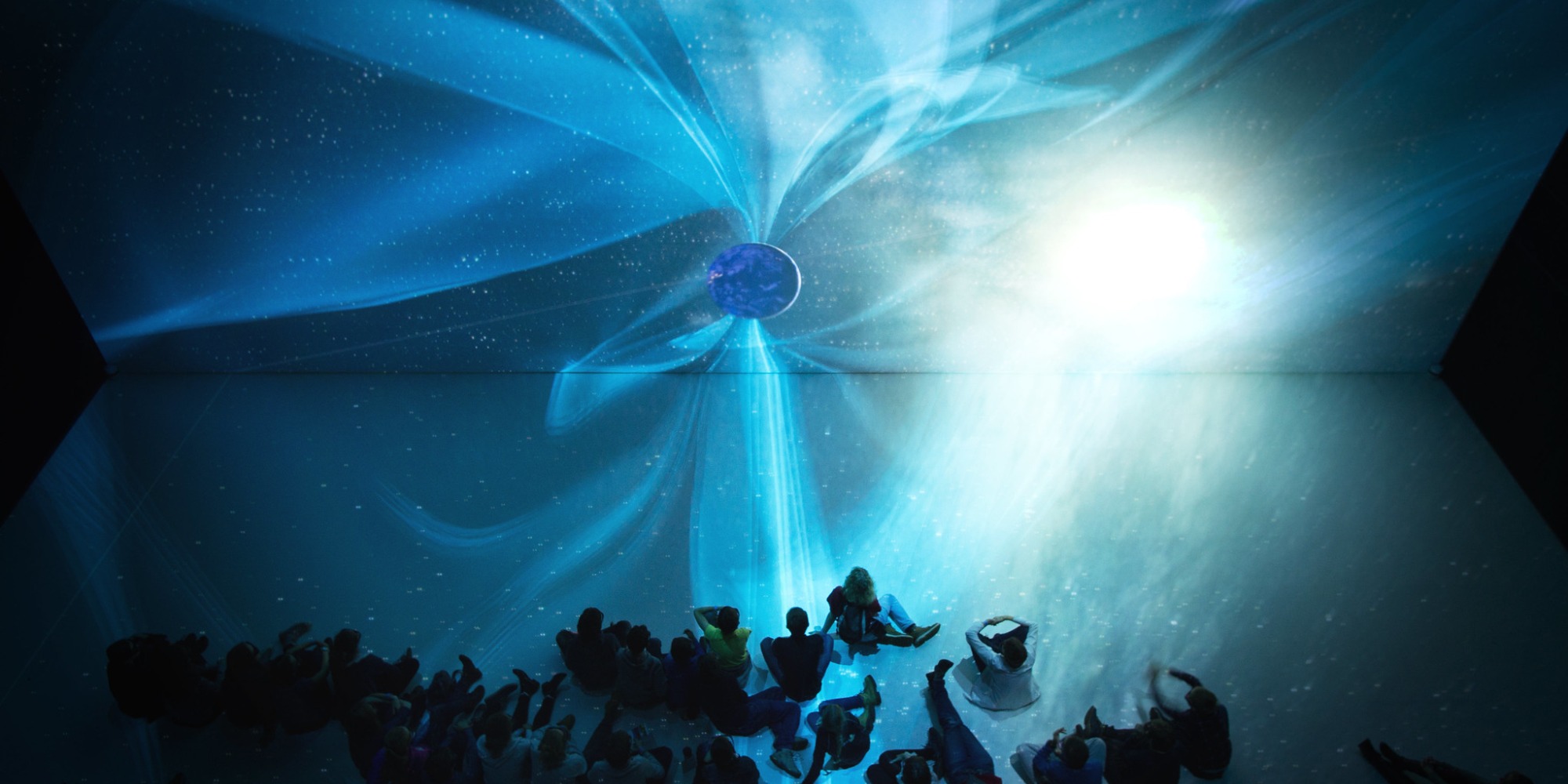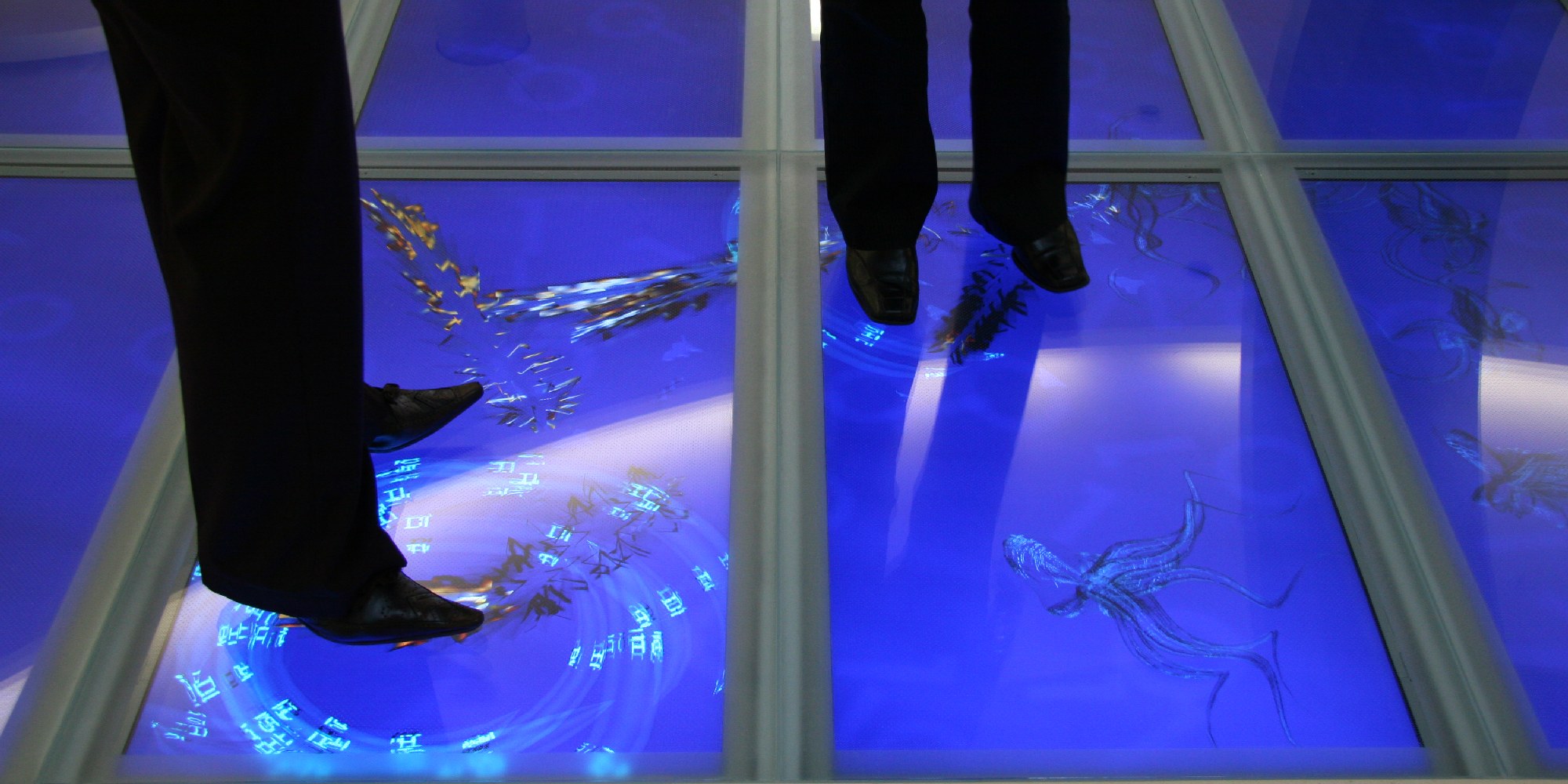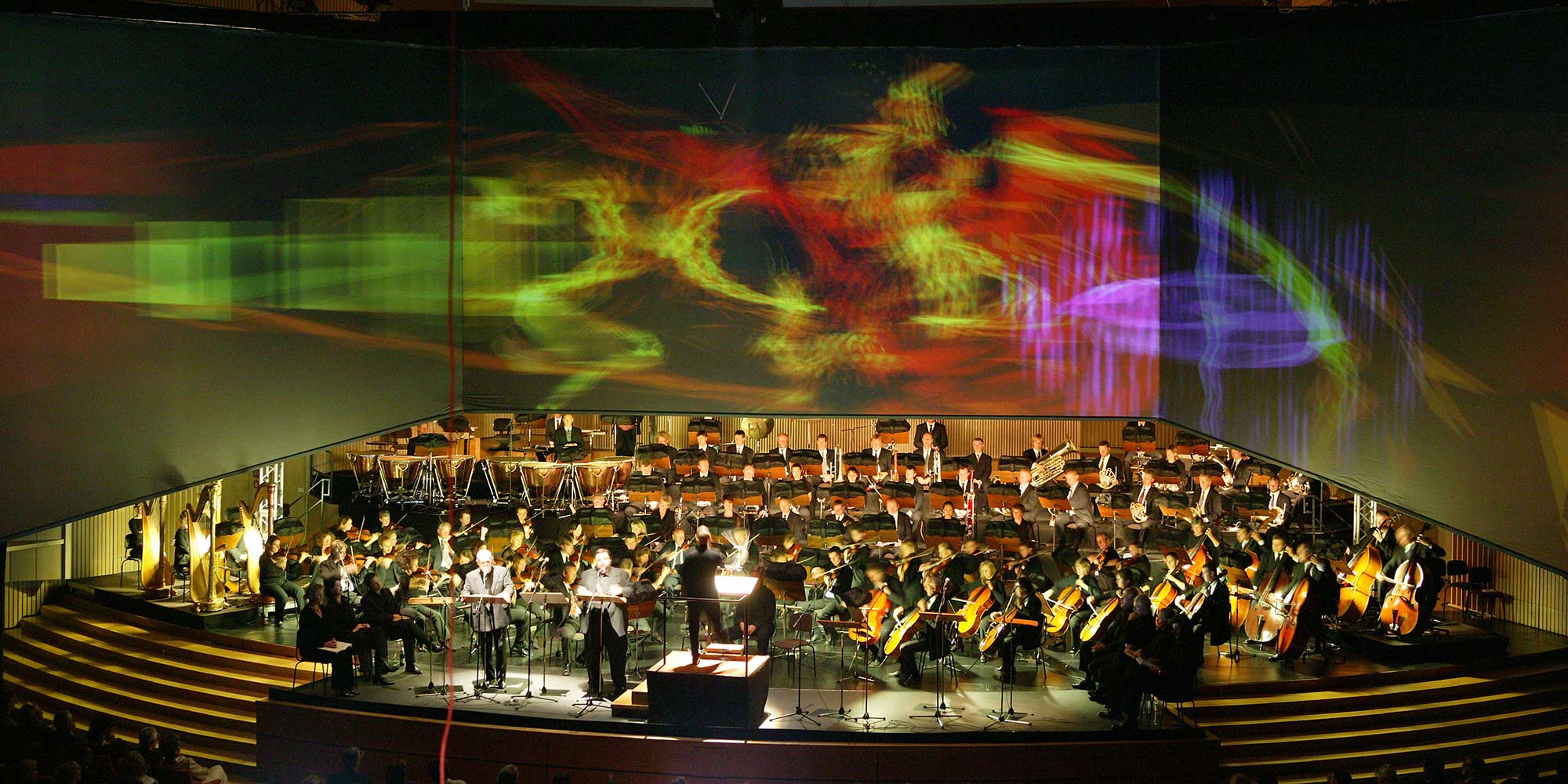“The future is ours to create!
… and every day, we all are doing just that”
Horst Hörtner is a distinguished media artist and researcher specializing in human-machine interaction. He holds several patents in this field, particularly on technologies related to drone swarm flights (outdoor drone shows “Spaxels”), which his lab presented as a world premiere in 2012.
Hörtner began his career in media art in the 1980s. In 1990, he co-founded the media art group x-space in Graz, Austria, which received recognition at the Prix Ars Electronica in the early 1990s.
In 1995, he joined Ars Electronica as Technical Director to help establish the Ars Electronica Center, which opened in 1996. Together with Gerfried Stocker, Hörtner founded the Ars Electronica Futurelab, as an extension of the Ars Electronica. From 1996 to 2024, he led the Ars Electronica Futurelab as Managing Director, and since then, he has held the position of Senior Director. In 2020, he also took on the role of Chief Technology Officer (CTO) of Ars Electronica.
Hörtner’s work as a manager, artist, technician, and author focuses on the future interfaces between art, (techno)science, and society. He is a sought-after speaker, delivering lectures at numerous international conferences and universities.
Key Works
Additional Information
Selected Publications
Hörtner, H., Gardiner, M., Haring, R., Lindinger, C., Berger, F. (2012). Spaxels, Pixels in Space — A Novel Mode of Spatial Display. In: Proceedings of International Conference on Signal Processing and Multimedia Applications, SIGMAP 2012, SciTePress Digital Library.
Gardiner, M., Lindinger, C., Haring, R., Hörtner, H., Ogawa, H. and Ogawa, E. (2011). Social brainstorming via interactive fabrication. In: Proceedings of the 8th International Conference on Advances in Computer Entertainment Technology — ACE ’11, ACM, New York, NY, USA, Article 76, 2 pages.
Narzt, W., Wilflingseder, U., Pomberger, G., Kolb, D., Hörtner, H. (2010), Self-Organizing Congestion Evasion Strategies using Ant-Based Pheromones. IST World Congress Journal Special Issue in IET Intelligent Transport Systems, ISSN (Print) 1751-956X, Published by Institution of Engineering and Technology (IET), Vol. 4, No. 1, p.93 – 102.
the future of the lab Hrsg. Baltan Laboratories. Achtergrond 2010; In collaboration with 2018 Brabant Cultural Capital of Europe | Candidate; ISBN 978-90-815830-1-5; p.105-112 / 2010
Haring, R., Ogawa. H., Lindinger, C., Hörtner, H., Afshar, S., and Stolarsky, D. (2010). The city at hand: media installations as urban information systems. In: Proceedings of the 6th Nordic Conference on Human-Computer Interaction: Extending Boundaries (NordiCHI ’10). ACM, New York, NY, USA, 667-670.
Kuka, D., Elias, O., Martins, R., Lindinger, C., Pramböck, A., Jalsovec, A., Maresch, P., Hörtner, H., Brandl, P. (2009) DEEP SPACE: High Resolution VR Platform for Multi-user Interactive Narratives. In Proceedings of the 2nd Joint International Conference on Interactive Digital Storytelling: Interactive Storytelling (ICIDS ’09)
Lindinger, C., Haring, R., Hörtner, H., Kuka, D. and Kato, K. (2006) Mixed Reality Installation ‘Gulliver’s World’: Interactive Content Creation in Nonlinear Exhibition Design. In: Göbel, S., Malkewitz, R., and Iurgel, I. (Eds.): TIDSE 2006, LNCS 4326, Berlin Heidelberg: Springer, pp. 312 — 323
Hörtner, H., Ranzenbacher, H. (2005). Sensorische Umgebungen — immaterielle Interfaces, In Code The Language of our Time, Ars Electronica, 2005.
Selected Blog Articles
Future Ink: Where is my soul?
Directors Talk — 25 years Ars Electronica Futurelab and beyond
25 years Ars Electronica Futurelab
Ideas for the Future
Swarm Control: The Future of Firefighting
Spaxels Research Initiative — Swarms of the Future
Ravel meets the Ars Electronica Futurelab at the L.A. Phil
A Behind-the-Scenes Look at the Spaxels
Spaxels in London
Horst Hörtner führt durchs Linz Verändert — Zelt
Host Hörtner at Oslolux
